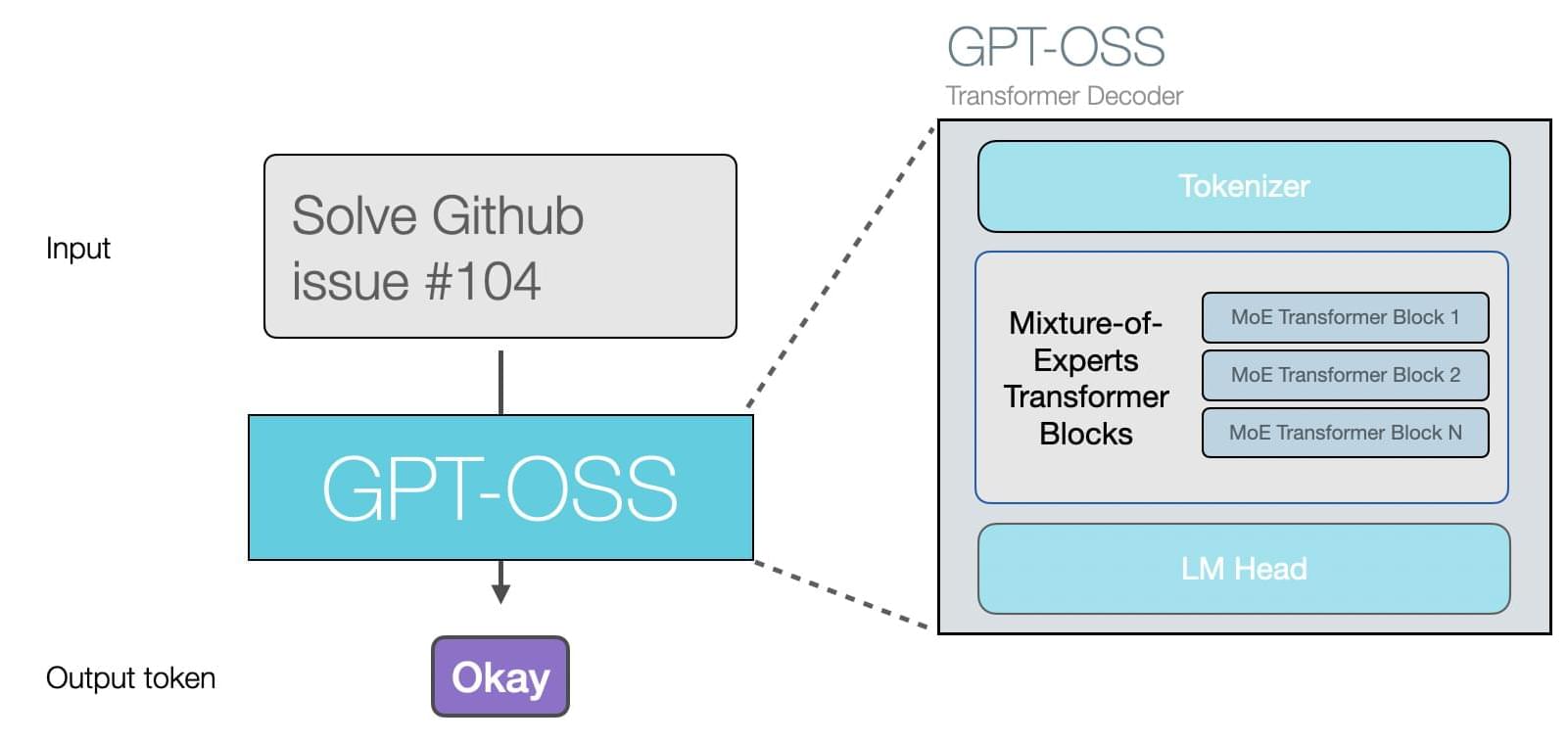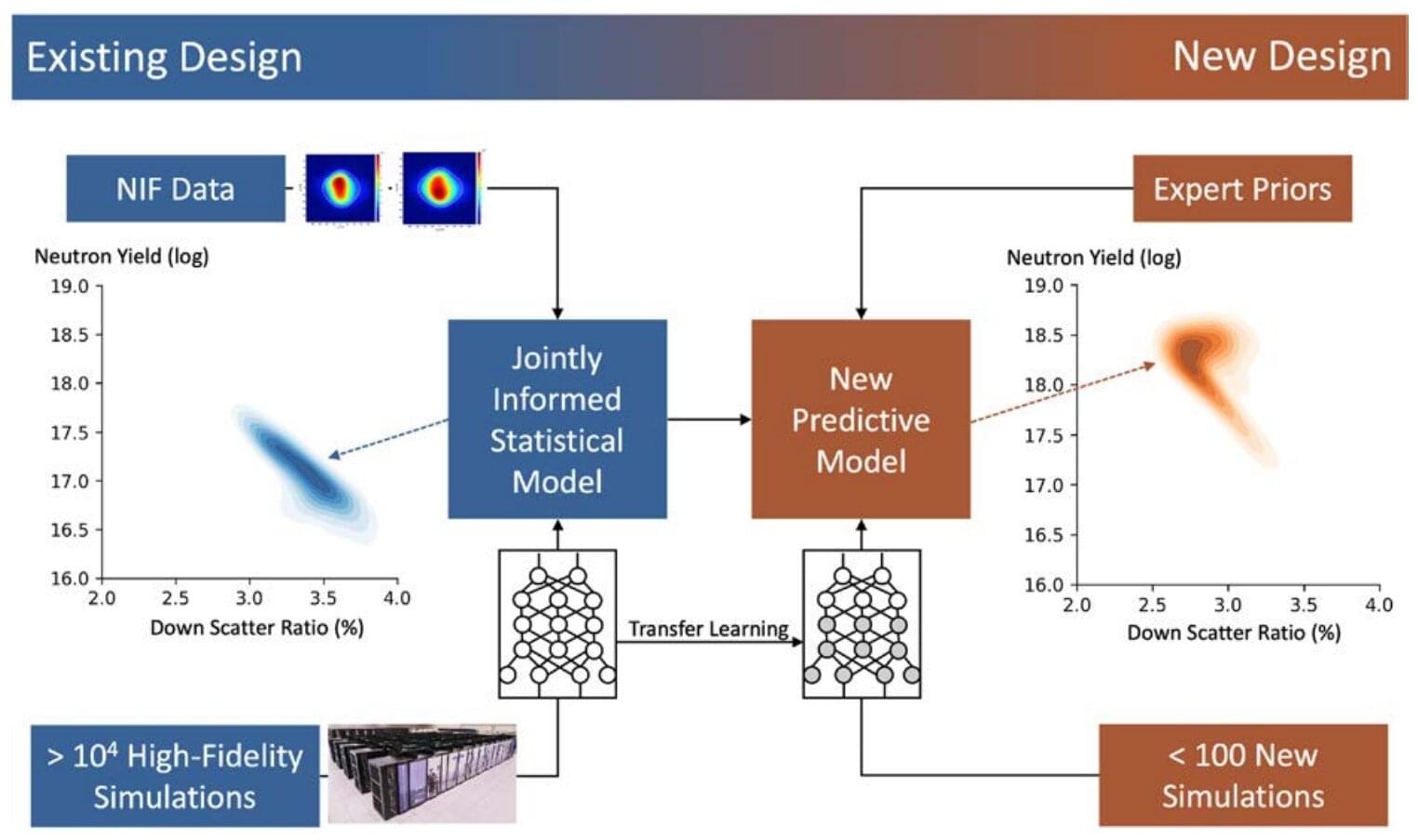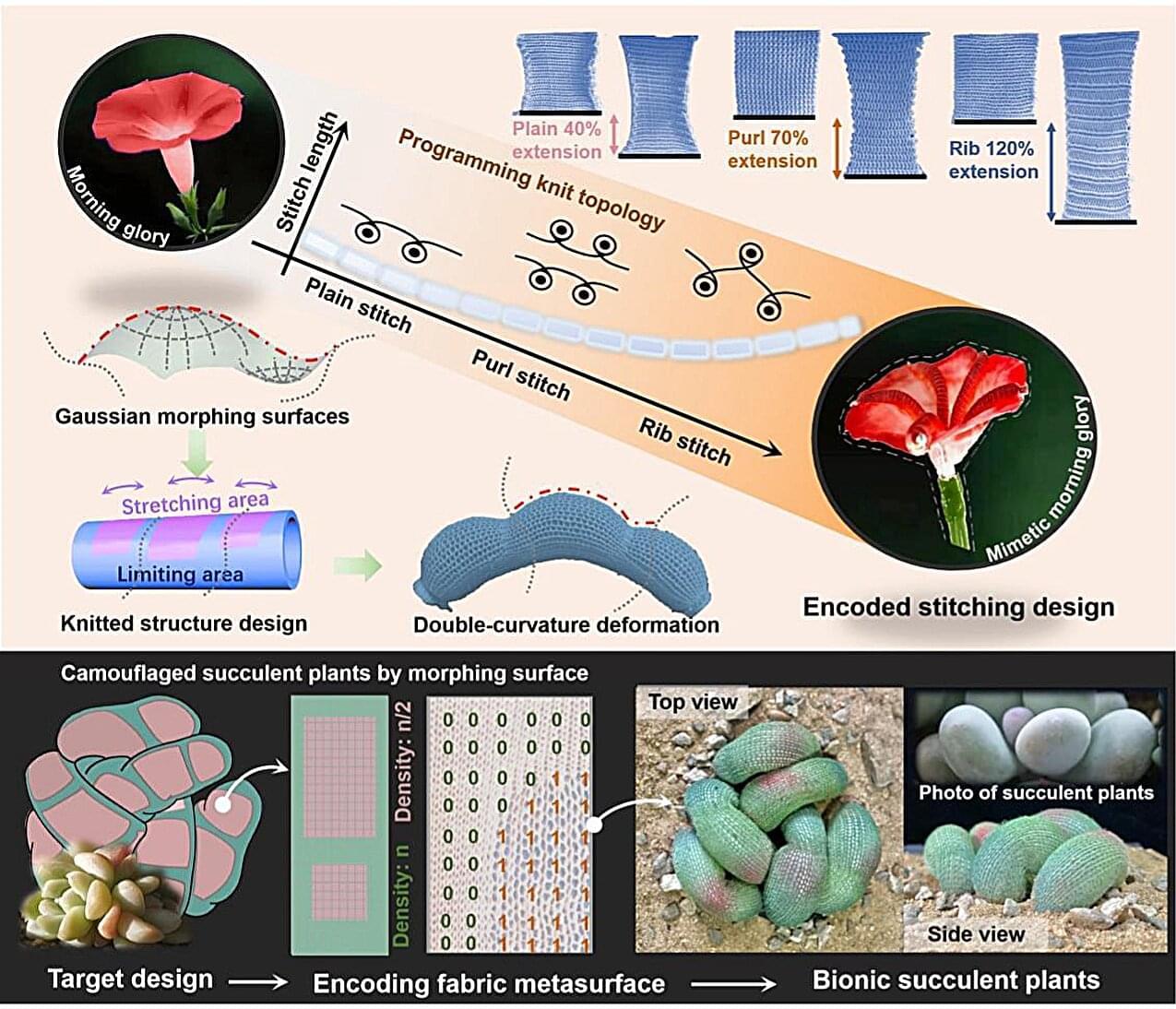The new Granary dataset was used to train high-accuracy and high-throughput speech AI models for audio transcription and translation.




In track events.
Unitree H1 humanoids win four gold medals at Beijing’s first World Humanoid Robot Games, marking a leap in China’s robotics race.


Machine learning interatomic potentials (MLIPs) have become an essential tool to enable long-time scale simulations of materials and molecules at unprecedented accuracies. The aim of this collection is to showcase cutting-edge developments in MLIP architectures, data generation techniques, and innovative sampling methods that push the boundaries of accuracy, efficiency, and applicability in atomic-scale simulations.

Practical fusion power that can provide cheap, clean energy could be a step closer thanks to artificial intelligence. Scientists at Lawrence Livermore National Laboratory have developed a deep learning model that accurately predicted the results of a nuclear fusion experiment conducted in 2022. Accurate predictions can help speed up the design of new experiments and accelerate the quest for this virtually limitless energy source.
In a paper published in Science, researchers describe how their AI model predicted with a probability of 74% that ignition was the likely outcome of a small 2022 fusion experiment at the National Ignition Facility (NIF). This is a significant advance as the model was able to cover more parameters with greater precision than traditional supercomputers.
Currently, nuclear power comes from nuclear fission, which generates energy by splitting atoms. However, it can produce radioactive waste that remains dangerous for thousands of years. Fusion generates energy by fusing atoms, similar to what happens inside the sun. The process is safer and does not produce any long-term radioactive waste. While it is a promising energy source, it is still a long way from being a viable commercial technology.

Nature, particularly humans and other animals, has always been among the primary sources of inspiration for roboticists. In fact, most existing robots physically resemble specific animals and/or are engineered to tackle tasks by emulating the actions, movements and behaviors of specific species.
One innate ability of some animals that has so far been seldom replicated in robots is shape morphing and camouflaging. Some living organisms, including some insects, octopuses and chameleons, are known to reversibly change their appearance, form and shape in response to their surroundings, whether to hide from predators, move objects or simply while moving in specific environments.
Researchers at Jiangnan University, Technical University of Dresden, Laurentian University and the Shanghai International Fashion Education Center recently designed new flexible and programmable textile metasurfaces that could be used to develop robots exhibiting similar morphing and camouflaging capabilities. These materials, introduced in a paper published in Advanced Fiber Materials, essentially consist of knitted structures that can be carefully engineered by adapting the geometric arrangement of their underlying interlaced yarn loops.

The remotely-operated robot tank is an old idea…’
Unmanned Boats Attack At Sea ‘The autofreighter smashed into the boat…’
Iron Drone Raider Counter-UAV Operations ‘You’ve got an aggressive machine up in the air now.’ — Robert Sheckley, 1953.
Bunker Busters and Bore-Pellets ‘The first revelation of the new Soviet bore-pellets.’ — Philip K. Dick, 1955.
